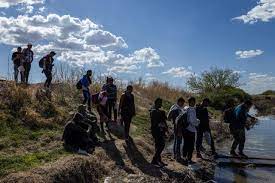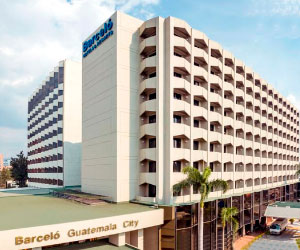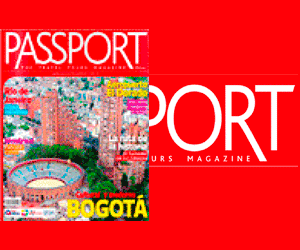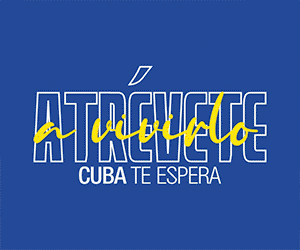Using quantitative and qualitative data, the report’s analysis finds unprecedented violence against migrants in six northern Mexican border states and four southwestern U.S. border states during the period January 1, 2021–June 30, 2022.
A new report published by the Indigenous Alliance Without Borders (Alianza Indígena Sin Fronteras), the UCLA Center for Mexican Studies and the UCLA Latin American Institute documents widespread unprecedented violence against migrants in six northern Mexican border states and four southwestern U.S. border states during the period January 1, 2021–June 30, 2022. Co-authors Blake Gentry (Cherokee), Raymond Daukei (O´odham), Lupe Sotelo Valenzuela and researcher Samuel Chambers contributed to the report.
“Out of Sight and Out of Mind: An Interpretative Human Rights Report on U.S.-Mexico Border Violence Under MPP and Title 42” relies on mixed methods of data collection, quantitative analysis of a Human Rights First database of acts of violence against migrants and qualitative data gathered in Arizona and Sonora, México from migrants, migrant shelter staff, attorneys and volunteers.
The report details violence against mostly Mexican, Guatemalan, Honduran and El Salvadoran migrants by forces of the U.S. Customs and Border Protection (CBP), local and state Mexican police and cartels involved in human trafficking at the U.S.-México border, based on 7,294 unduplicated incidents of violence identified in the Human Rights First database.
“Out of Sight and Out of Mind” consolidates these incidents into 17 categories of violence: kidnapping, extortion, sexual assault, rape, robbery, assault /beatings, threats, armed threats, murder, torture, labor exploitation/trafficking, unlawful deportation (“expulsion”), shooting, police assault and police extortion. The Indigenous Language Office, a program of the Indigenous Alliance Without Borders, found that the most frequent top ten acts of violence represented 99% of all such acts.
“This report represents the work of indigenous and human rights nongovernmental organizations on both sides of the U.S.-México border. It not only documents the violence deliberately committed against migrants during the time period, it places that violence within the framework of neoliberal policies that have promoted free trade in the Americas since the 1970s,” said Gaspar Rivera-Salgado, director of the Center for Mexican Studies and project director at the UCLA Labor Center.
“For example, it analyzes the economic incentives for human smuggling created both by restrictive U.S. immigration policies at the border and the Central America Free Trade Agreement (CAFTA) of 2005.”
Adopted by the Trump administration in December 2018 and ended by the Biden administration on June 1, 2021, the Migrant Protection Protocols (MPP) enabled U.S. ports of entry to keep asylum seekers on the Mexican side of the border while they awaited official interviews, which are typically not scheduled for extended periods of time. Title 42 is a U.S. public health code first employed by the Trump administration in 2020 that continues to be used by the Biden administration to prevent migrant asylum seekers from entering the U.S. as a precaution against the spread of COVID-19.
“We explain how those official policies led to unprecedented violence carried out from Jan. 1, 2021 through June 30, 2022 through migrant expulsions by CBP and by multinational criminal organizations, known in the borderlands as [the] ‘Cartel,’” write the report’s authors.
Of note, migrant deaths under MPP and Title 42 on the main reservation of the Tohono O´odham Nation (TON) in Arizona and in TON communities along the border during the time period examined by the report significantly exceeded migrant deaths in those areas during a four-year period prior to the implementation of MPP and Title 42.
Comprised of five sections, “Out of Sight and Out of Mind” categorizes violence against migrants, identifies vulnerable social groups at particular risk and ultimately seeks to understand how and why violence at the border is routinely employed against migrants by both state and non-state actors alike. The report’s conclusion links today’s mass border violence to the historical antecedents of Indian boarding schools in Arizona, U.S Indian termination policy (i.e., forced assimilation), Japanese internment camps and settler colonial practices of displacing and mis-identifying indigenous peoples.
Published: Tuesday, April 25, 2023 (https://www.international.ucla.edu/lai/article/265808)



































